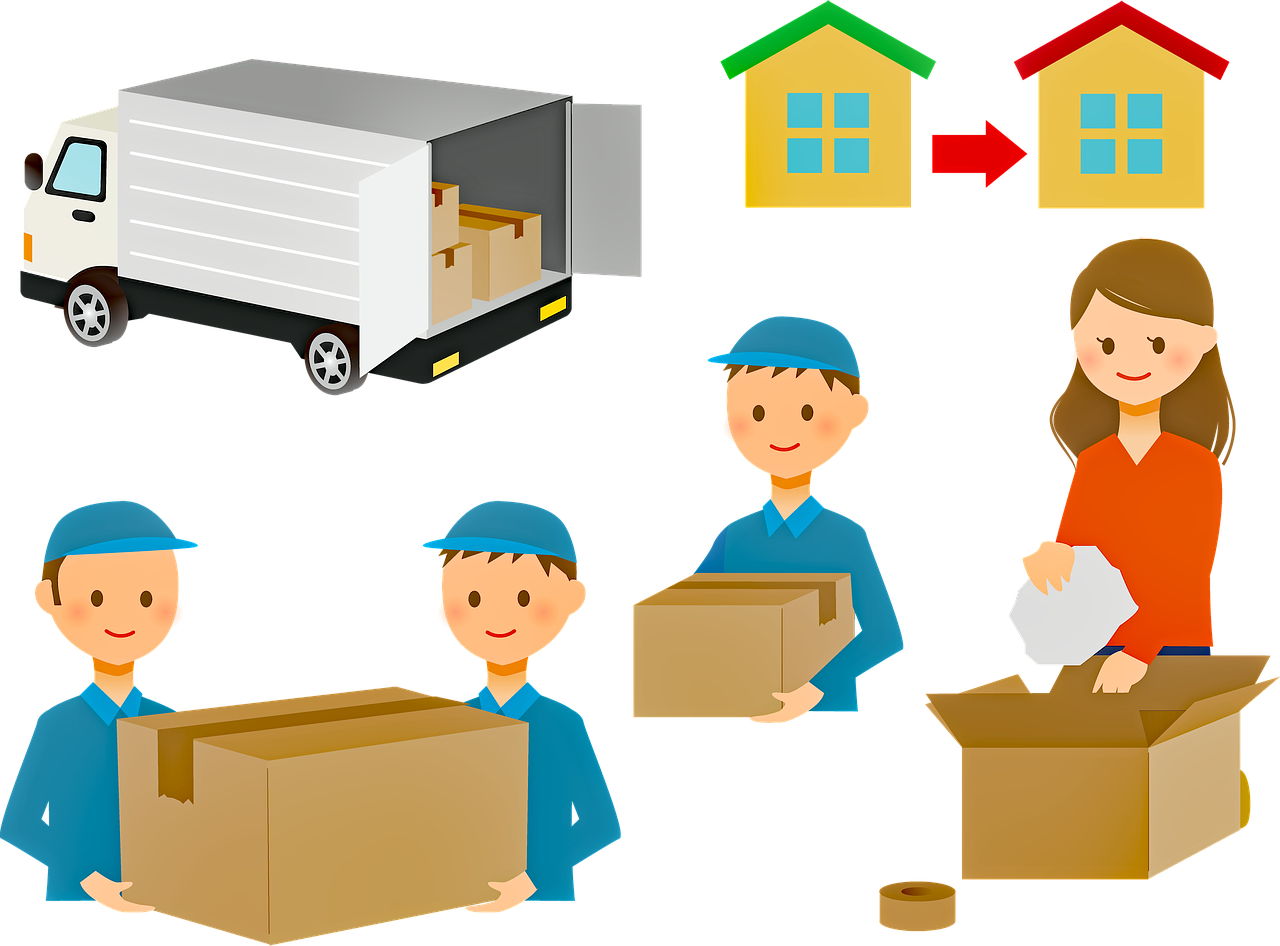7 Tips for Moving Interstate: Planning, Packing, and Arriving


Everyone knows that moving is stressful. From packing up all your belongings to arriving at your destination, it can be tough to keep everything organised and running smoothly.
But with a little planning and preparation, moving can be a breeze. It can even be fun ticking all the boxes and getting everything sorted before the big day.
Here are seven tips for making sure your interstate move goes smoothly, from start to finish.
1) Create a moving checklist
A checklist is essential for any big move, but it’s especially important when you’re moving interstate. This is because there are a lot of extra things to remember when you’re changing states, like transferring your driver’s license and updating your address with the government.
Sit down a few weeks before your move and make a list of everything you need to do. This will help you stay organised and on track in the lead up to the big day. Ideally, you should create a moving checklist as early as possible so you have plenty of time to tick everything off.
2) Clean out your belongings
One of the best things about moving is that it’s a great opportunity to start anew and declutter your living space. Moving can help you get rid of unused items you've accumulated over the years. So if you’re looking to downsize, now is the perfect time to do it.
Start by going through your belongings and deciding what you're better off without You can categorise these disposable items in three ways: to sell, to give away, and to throw.
If time permits, sell unwanted items online or at a garage sale for some quick cash. If you don't need large appliances or furniture, you can donate them to charity or give them to a neighbour or friend. For everything else, sort and bin them accordingly.
3) Choose the right removalists
Interstate moves can be logistically challenging, which is why it’s important to choose the right removalists to save yourself the frustration and mental strain of moving. Do your research and get quotes from a few different companies before making a decision.
Make sure you book your removalists well in advance, as they can get booked up quickly during peak moving season. Be sure to ask about their insurance policy too, in case any of your belongings are damaged during the move. Companies like Muval can help you find partner removalists in your area and provide you with a relocation quote.
4) Pack your boxes the right way
Packing is one of the most time-consuming aspects of moving, but it doesn’t have to be a nightmare. The key is to be organised and start early.
Follow these steps for a smooth packing process:
- Grab some cardboard boxes and duct tape from a hardware store six to eight weeks before the move
- Sort your items based on priority and room assignments. Start with the items you rarely use, then end with everyday items.
- Label the boxes with markers and post-it notes to make unpacking easier and more efficient.
- Finally, take an inventory list of all the boxes and their contents. This will come in handy if any of your belongings go missing during the move.
To minimise damages, you can also invest in some packing materials like bubble wrap and Ziploc bags.
5) Keep an overnight bag
If you're moving with kids, pack an overnight bag for each family member. This will serve as a "survival kit" of sorts and should contain all the essentials you need for the first night and day in your new home.
Some items you might want to include are:
- a change of clothes
- toiletries
- medications
- snacks and drinks
- Documents
It's important to keep all your important documents in a safe place during the move. This includes things like your driver's license, birth certificate, passport, and social security number.
6) Research your surroundings
While you may have found the right family home, it’s not wise to move into a new neighborhood blind. Do some research beforehand.
With Street View in Google Maps, you can get a feel for what the area looks like and scope out any potential landmarks or amenities. Try to find the nearest grocery store, hospital, and transportation hub so you'll know where to go when you need to restock, contact a doctor, or commute.
You can also join local Facebook groups or forums to get insights from residents about the area. This is a great way to learn about the best places to eat, shop, and find entertainment in your new neighbourhood.
7) Unpack your belongings
Once you arrived in your new home, don't expect to fully settle in right away. There's still unpacking to do!
To make the process less daunting, start with the basics first. Get your bed set up, then move on to the kitchen. Once you have the essentials taken care of, you can start unpacking the rest of your belongings at your own pace.
As you're unpacking, be sure to take note of any damages that may have occurred to your appliances or heavy-set furniture during the move. This way, you'll know what to replace and file a claim with your insurance company if necessary.
